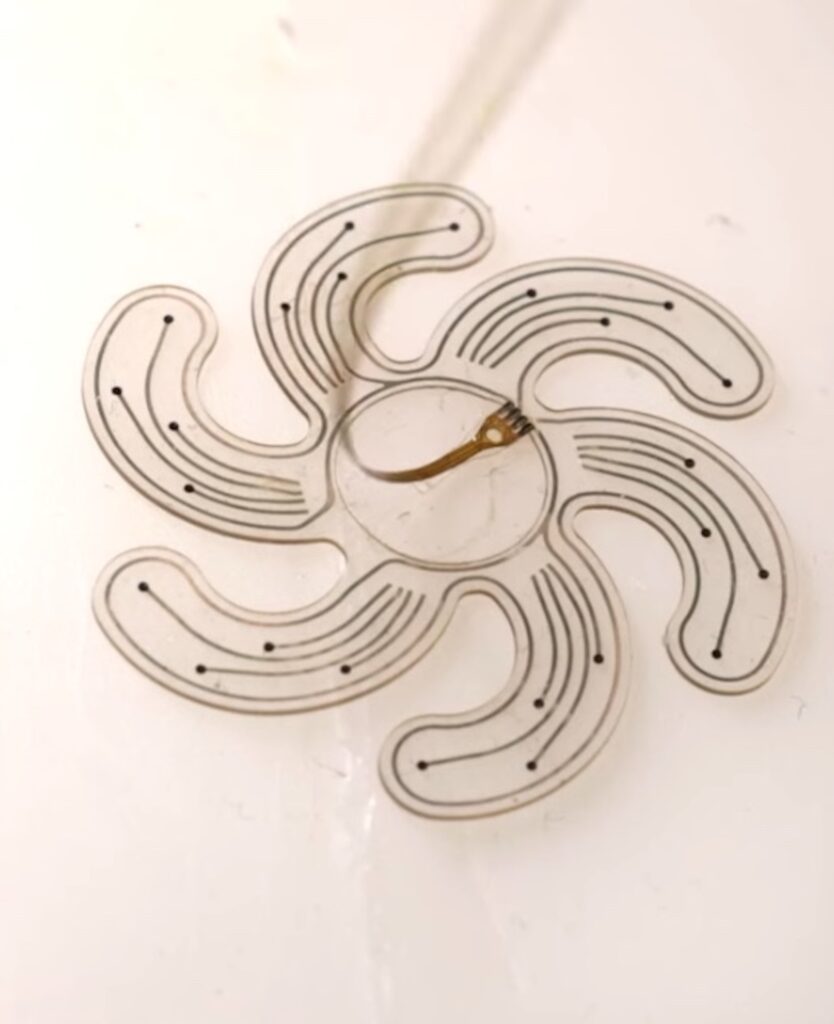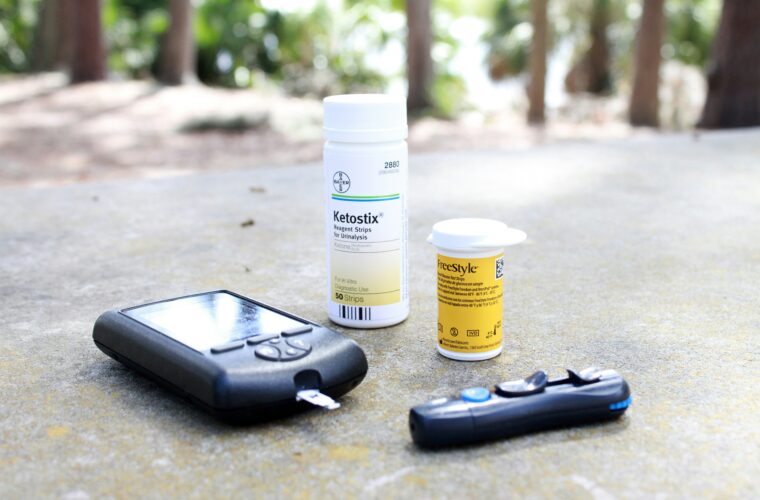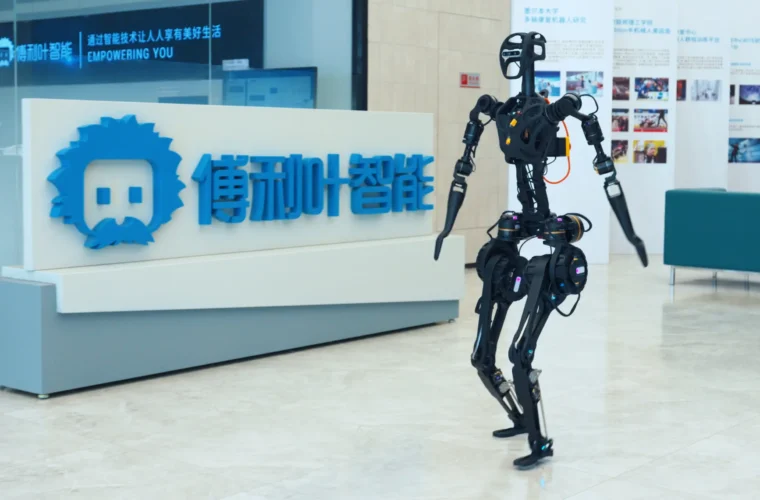Neurotechnology: a scientific research a robot to counteract the effects of epilepsy
Every single step that scientific research takes is an achievement for mankind and a good thing for mankind. If technological innovation in Science has a goal, it will undoubtedly improve people’s living conditions. Without the advancement of technology today, we would not have methods to combat once-fatal diseases, to enable those suffering from limiting pathological situations to have a longer life expectancy or to obtain faster and more accurate screening than before.
The work carried out by a team of researchers at the Ecole Polytechnique Fédérale de Lausanne in Switzerland, led by neurotechnology expert Stephanie Lacour, cannot be read otherwise. They have set themselves a difficult but possible goal: to forget epilepsy forever. Let’s be clear: no one here will ever be able to prevent the disease from affecting people of any age or gender, but the ‘promise’ is to make people forget, literally, its consequences and let patients go about their daily activities as if nothing, or almost nothing at all, had happened.
The heart of the Swiss project, recently published in Science, is a tiny cranial implant inspired by a flower for its operation. Once inserted near the brain, thanks to a tiny hole, it can gently open, just like a flower, to stimulate the neurons involved in activating the neurological condition that causes death at a very high rate. For example, in Switzerland, more than 100 deaths per year are estimated to be caused by epilepsy.

The neurotechnology project
A cortical electrode array stimulates, records or monitors electrical activity in the brain for patients suffering from epilepsy conditions. The disorder is known to cause seizures, which are bursts of electrical activity in the brain and can cause uncontrollable tremors, sudden rigidity, collapse and other symptoms. Although the use of micro-electrodes goes back decades, the possibility of supplementation is recent, approved by the US FDA only in recent years. An approval that has led to less than ‘comfortable’ solutions for patients, from blemishes to actual operations for on-site installation. Hence the work of the Ecole Polytechnique Fédérale de Lausanne.
Researchers have created a super-thin, flower-shaped device that can be bent enough to fit into a 2-centimetre hole in the skull. In this way, it can be placed by a robot in a tiny, delicate area, occupying only 1 millimetre in width. Once deployed, the flexible electrode releases each of its six coiled arms, one by one, to extend through a region of the brain approximately 4 centimetres in diameter. In this way, it makes contact with the neurons involved in epileptic ‘seizures’ to manage them and, if necessary, mitigate their effects. Other devices may require a hole in the skull the same size as the diameter of the electrode array.
“The beauty of the subversion mechanism is that we can deploy an arbitrary electrode size with constant and minimal compression on the brain,” said Sukho Song, lead author of the study. ‘The community has been very interested in this mechanism because it is bio-inspired. That is, it can emulate the growth of tree roots without setting limits in terms of extension.”
Somewhat like a butterfly clutched inside its cocoon before metamorphosis, the electrode array, complete with its coiled arms, is carefully folded inside a cylindrical tube, i.e. the charger, ready to be deployed through the small hole in the skull. Each leg contains soft, micro-fabricated electrodes and strain sensors for real-time deployment monitoring. In a proof-of-concept surgery, a robotic electrode array was successfully deployed on the cortex of a piglet to record sensory cortical activity. “This neurotechnology opens up promising avenues for minimally invasive cortical surgery and applications related to neurological disorders such as motor and sensory deficits,” said the Swiss. The device, however, is not yet ready for the human brain – it has only been tested on animals – but will continue to be developed by a spin-off of the EPFL Laboratory for Bioelectronic Interfaces called ‘Neurosoft Bioelectronics’.



